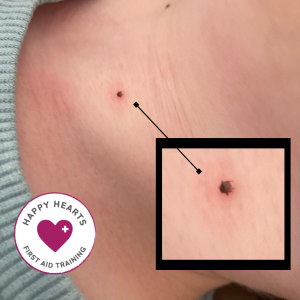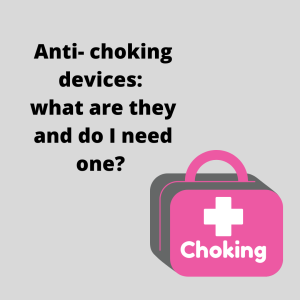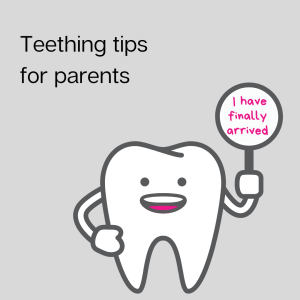As the weather warms up (apparently), and our children spend more time playing outdoors, it’s important to be aware of the little hitchhikers that might like join them—ticks.
If you missed my serious heebie- geebie inducing pictures on Instagram last week… my 4 year old had a tick in his neck. And in case you are wondering… no, he had not been frolicking in the long grass. That week he had been just doing the usual 4 year old stuff- nothing overly adventurous, thrill-seeking, or even very exciting.
My friends at Blaze Trails have been telling me that they have been seeing ticks in urban areas for a couple of years, but I felt that I was hiding in my well-mown, South Buckinghamshire bubble.
It is safe to say that that bubble has burst.
So with ticks becoming increasingly common, and with it officially being “tick season”, I thought it was about time for a tick related blog post. We know that these tiny creatures can cause big problems if not handled properly, so I want to share some crucial information about tick removal and why it’s essential for the health and safety of your family.
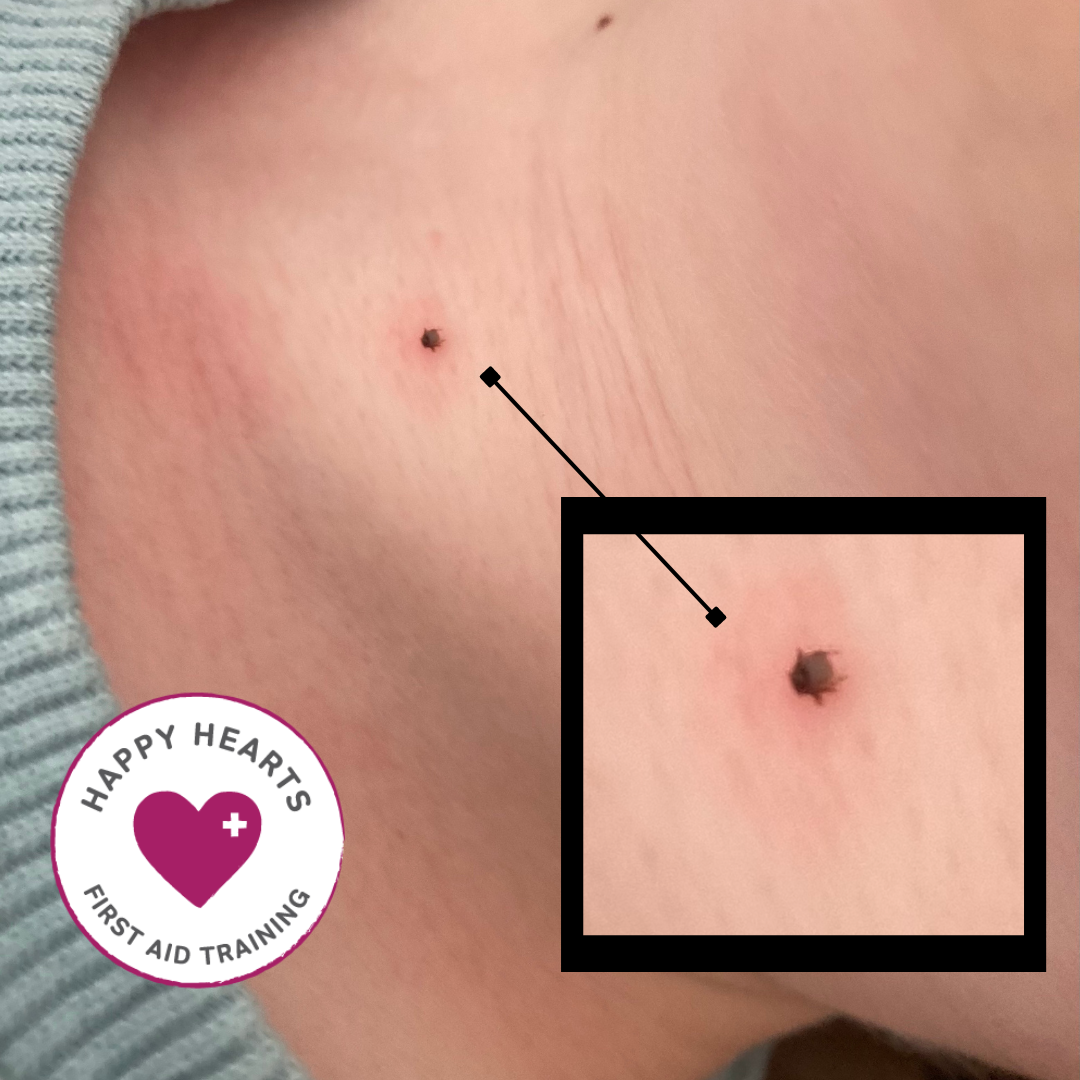
Why is tick removal important?
The NHS says that about 1 in 4 ticks here in the UK carry Lyme Disease. Lyme Disease is a bacterial infection that can be spread to humans by infected ticks. It’s usually heaps easier to treat if it’s diagnosed early. This means that quick and safe removal of a tick is an absolute must.
Why can’t I just pull a tick out with my fingers?
Unless removed correctly, the mouthpiece of the tick can be left imbedded in the skin and cause an infection. You might have a special pair of tweezers that you use for tick removal, but if not, I highly recommend this tick removal card. It is really simple to use, and comes with two different sizing options for any ticks in tricky places (like the one in Harry’s neck… insert vomit emoji).
My child received a tick bite. Should I be worried about Lyme Disease?
Remember the smaller amount of time that the tick is attached = the smaller chance there is of contracting Lyme Disease. Add to that the fact that not all ticks carry this disease. So I would be aware- rather than worried- of the signs to look for. But if you feel yourself creeping into that consuming state of worry, of course you can always consult your GP for some reassurance.
Signs that you would need to seek medical help as per the NHS:
A circular “bulls-eye” rash appears around the tick bite. This can be an early symptom of Lyme disease. This rash is most likely to appear 1- 4 weeks after the bite.
Some people also get flu-like symptoms a few days or weeks after they were bitten by an infected tick, such as:
- a high temperature, or feeling hot and shivery
- headache
- muscle and joint pain
- tiredness and loss of energy
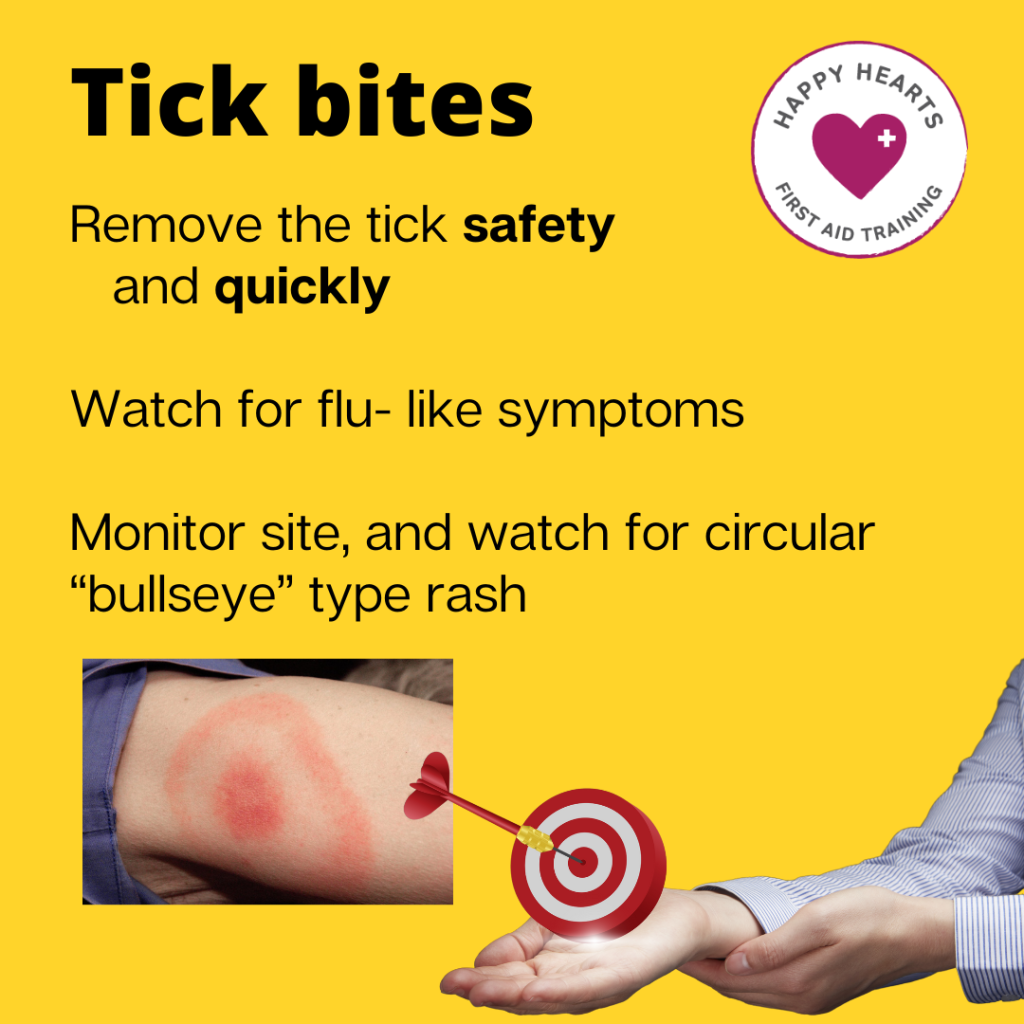
If you have come along to any first aid training with me, you know that I am always going to focus on the ways that we can flip this nasty scenario to ensure we prevent tick bites, or else spot them really quickly.
So… here goes:
Tips to preventing tick bites/ spotting them quickly:
- Where possible, stick to paths when walking (easier said then done with a runaway toddler!)
- Stop during your outing for regular “tick checks” where you actively look for any ticks on the clothes and skin
- Opt for long sleeves and long trousers
- Wearing lighter colours will make spotting ticks much easier (again, maybe easier said than done if you have a little fashionista on your hands)
- Make sure you check crevices carefully… ticks like to burrow!
- If you unsure about a spot/ mark, try taking a photo and zooming in. This might show the tick more clearly (or prove that it is in fact a freckle after all!)
- Have a tick remover card with you! This way you can spot it and remove safety (and also give you massive reassurance to know that you have got the tools if required. Talk about #peaceofmind.) You can find a tick removal tool within our Blaze Trails Ouch Pouches, but you can also nab one as a well- priced combo with a Little Ouch (while stocks last) or else purchase one on its Pat Malone* here.
*Pat Malone is Aussie rhyming slang for “on their own”. Safety tips AND an Australian lesson in culture… wow!

